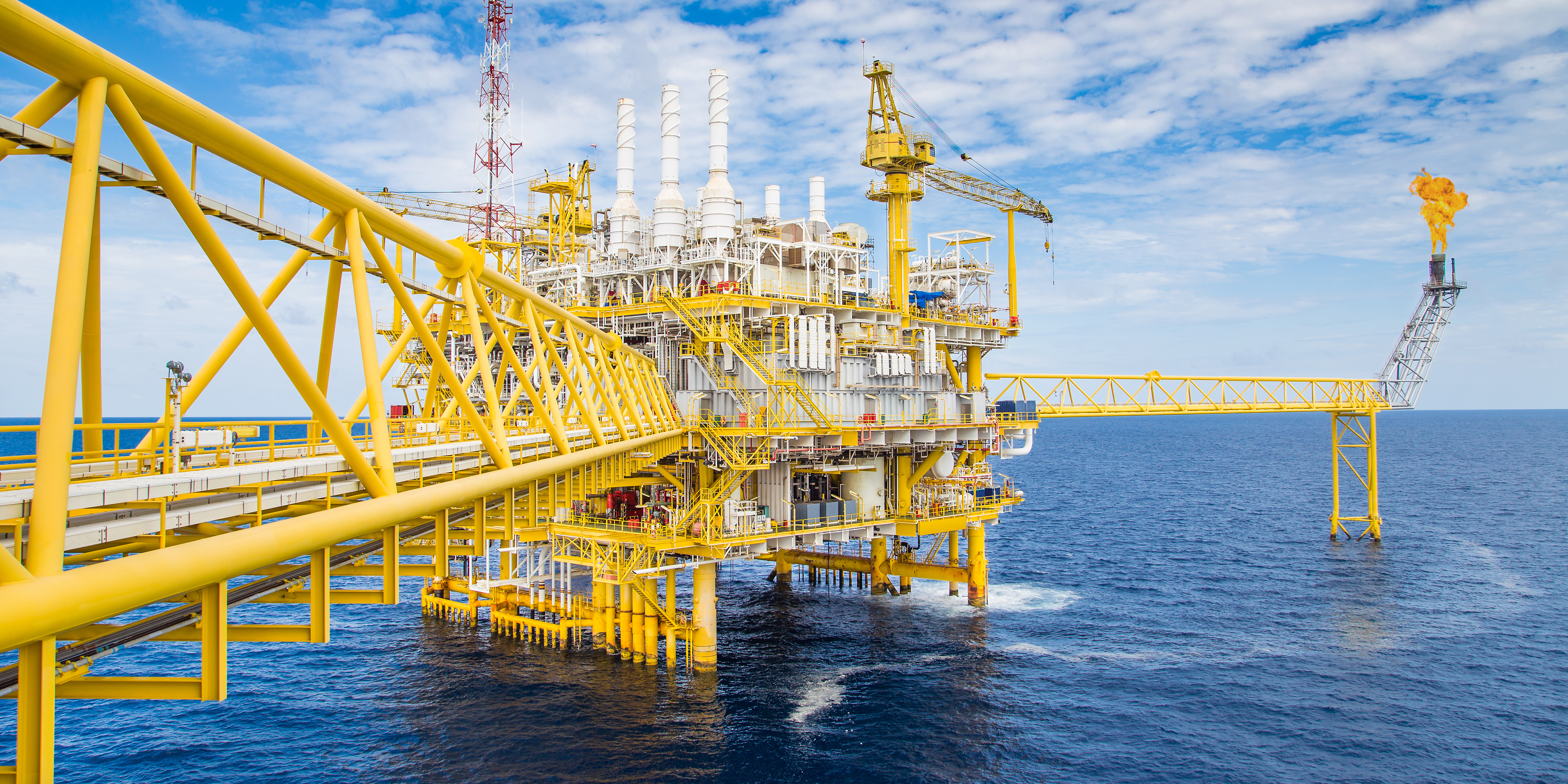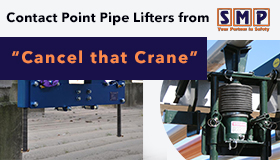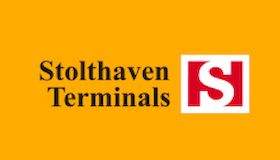The New Mexico Environment Department (NMED) released a proposed rule today that will demand greener practices from the State’s oil and gas fields.
The proposed rule is more protective of public health and the environment than current federal requirements —and will enable New Mexico to lead the nation as a model in smart regulation. Governor Michelle Lujan Grisham said: “This rule will not only hold industry accountable but will also spur innovation and greener practices in the oil and gas fields. The effect will be equivalent to taking eight million cars off the road every year.”

Once finalized, the new rule will reduce emissions of ozone precursor pollutants – volatile organic compounds and oxides of nitrogen – by nearly 260 million pounds annually and reduce methane emissions by over 851 million pounds annually.
The rule will apply in New Mexico counties with high ozone levels. Currently, this includes Chaves, Doña Ana, Eddy, Lea, Rio Arriba, Sandoval, San Juan, and Valencia counties. “We undertook a two-year planning process, engaging with thousands of New Mexicans across the state, scientists and researchers inside and outside of our agencies, oil and gas operators, and environmental organizations,” said NMED Cabinet Secretary James Kenney. “We listened closely during the public comment process, we invested significant staffing resources, and we delivered a nationally leading oil and gas rule as a result.”
The revised rule builds upon a draft issued in July of last year and contains important modifications. Namely, the proposed rule filed today eliminates all exemptions for stripper wells and facilities formerly classified as “low potential to emit” that had been included in the previous draft.
Additionally, the proposed rule sets foundational requirements for all oil and gas operators to calculate emissions and confirm their accuracy through a professional engineer, perform monthly checks for leaks and fix them within 15 days, and maintain records to demonstrate continuous compliance.
The foundational requirements are stricter standards for equipment and processes that can emit larger quantities of pollution. The proposed rule establishes emission reduction requirements for equipment like storage vessels, compressors, turbines, heaters, engines, pneumatic devices, produced water management units, and more.
Before taking effect, the new rule must be considered by the seven-member New Mexico Environmental Improvement Board. A public hearing before the Board is expected this fall. The hearing process will include additional opportunities for public engagement, including the opportunity for the public and stakeholders to provide oral and written comments and testimony. Pending the Board’s decision, NMED anticipates the rule will go into effect in early 2022.
The proposed rule and supporting technical documents are available at https://www.env.nm.gov/air-quality/o3-initiative/













